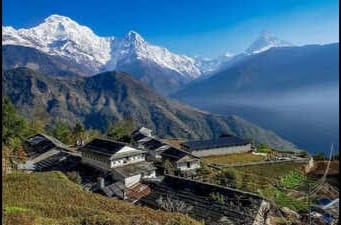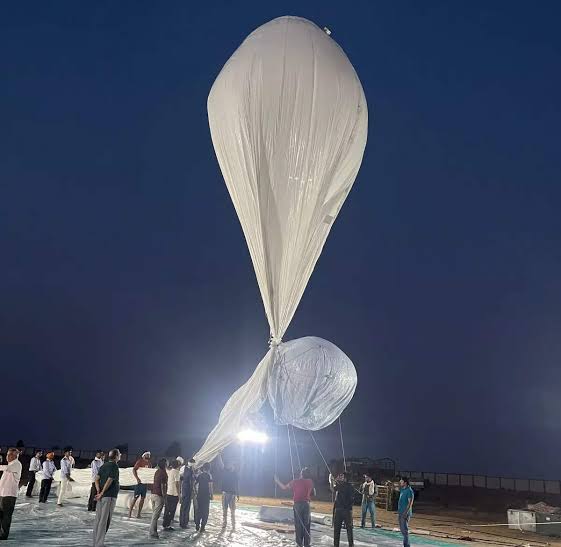 Image Source: Times of India
Image Source: Times of India
According to a new scientific report released on Monday by the International Centre for Integrated Mountain Development (ICIMOD), the Hindu Kush Himalayan (HKH) region has recorded the lowest snow persistence in 23 years, raising alarms about water security for almost two billion people (nearly one-fourth of the world’s population) living in South Asia.
In addition to its social significance, the 2025 Snow Update states that the HKH's seasonal snow cover was 23.6% below the 20-year average (2003-2023), representing the greatest reduction in snow cover since satellite monitoring of snow began. Snow persistence defines the length of time snow stays on the ground and is an important marker for future water. This is particularly important for ten major river systems originating from the HKH, including the Ganga, Indus and Brahmaputra rivers, which are all ecosystems that support agriculture, hydropower, and drinking water for a significant portion (one-fifth) of the world's population.
This is the third consecutive year the region has experienced below-normal snow amounts. Additionally, the Ganga and Brahmaputra basins have both recorded their lowest cumulative snow persistence in 20 years or more. The Ganga basin has dropped 24.1% below normal, while the Brahmaputra has declined 27.9% below normal. These continued deficits will likely reduce river flows early summer, exacerbating water stress for communities downstream, many of whom are already experiencing drought and heatwaves.
ICIMOD experts advise that continued persistence of low snow coverage will increase the frequency of water shortages in the region, leading to a further dependence on groundwater, and increasing drought and crop failure. The report emphasizes that the need for urgent action in policy, water management, and transboundary cooperation are essential for adaptive capacity, as the region experiences worsening levels of snow and their impacts on living-well through food, water, and energy security. In summary, the report emphasizes that more action is needed to build the resilience of communities against deteriorating snow anomalies in the region.
Source: Times of India
Advertisement
Advertisement





